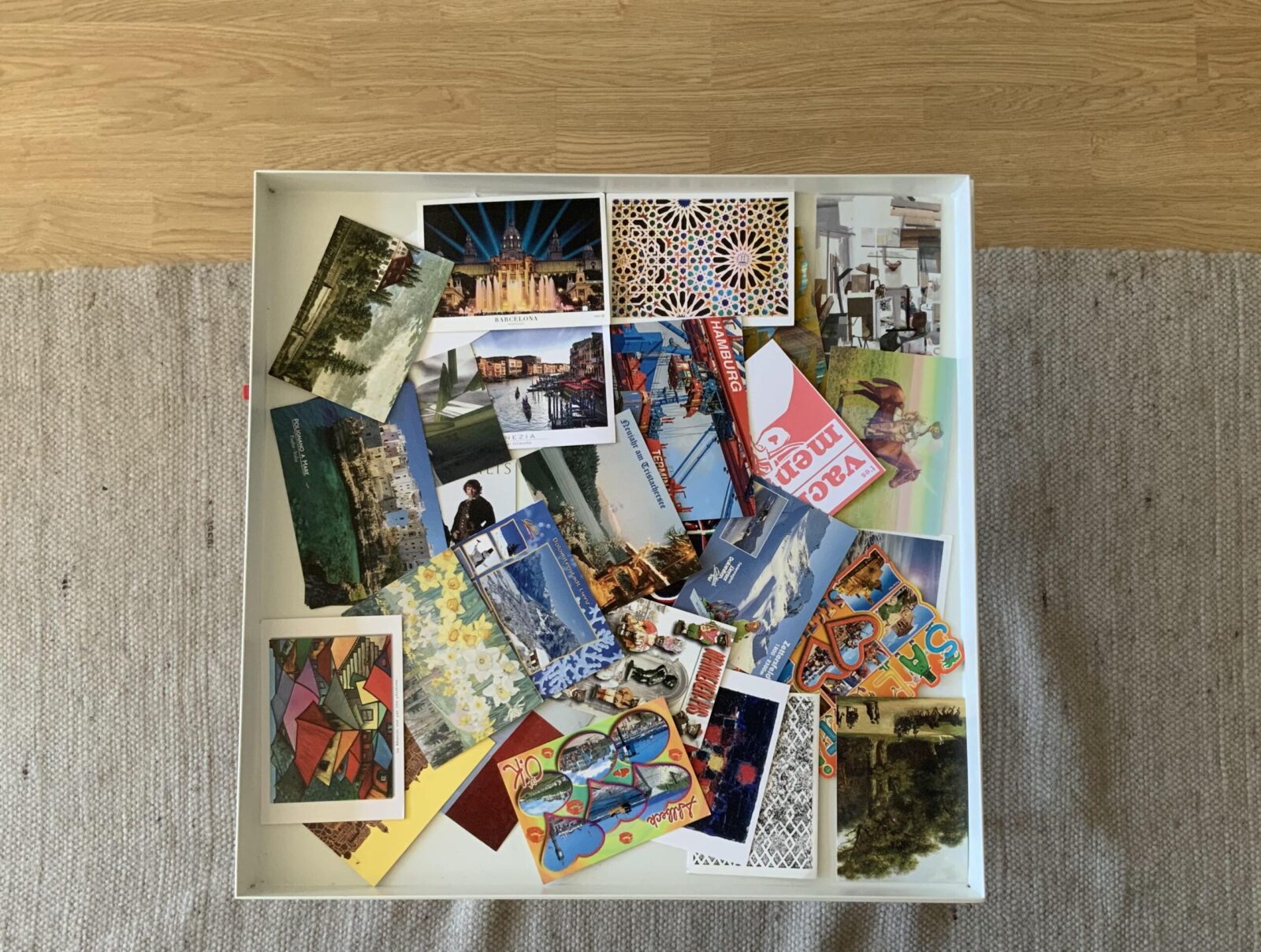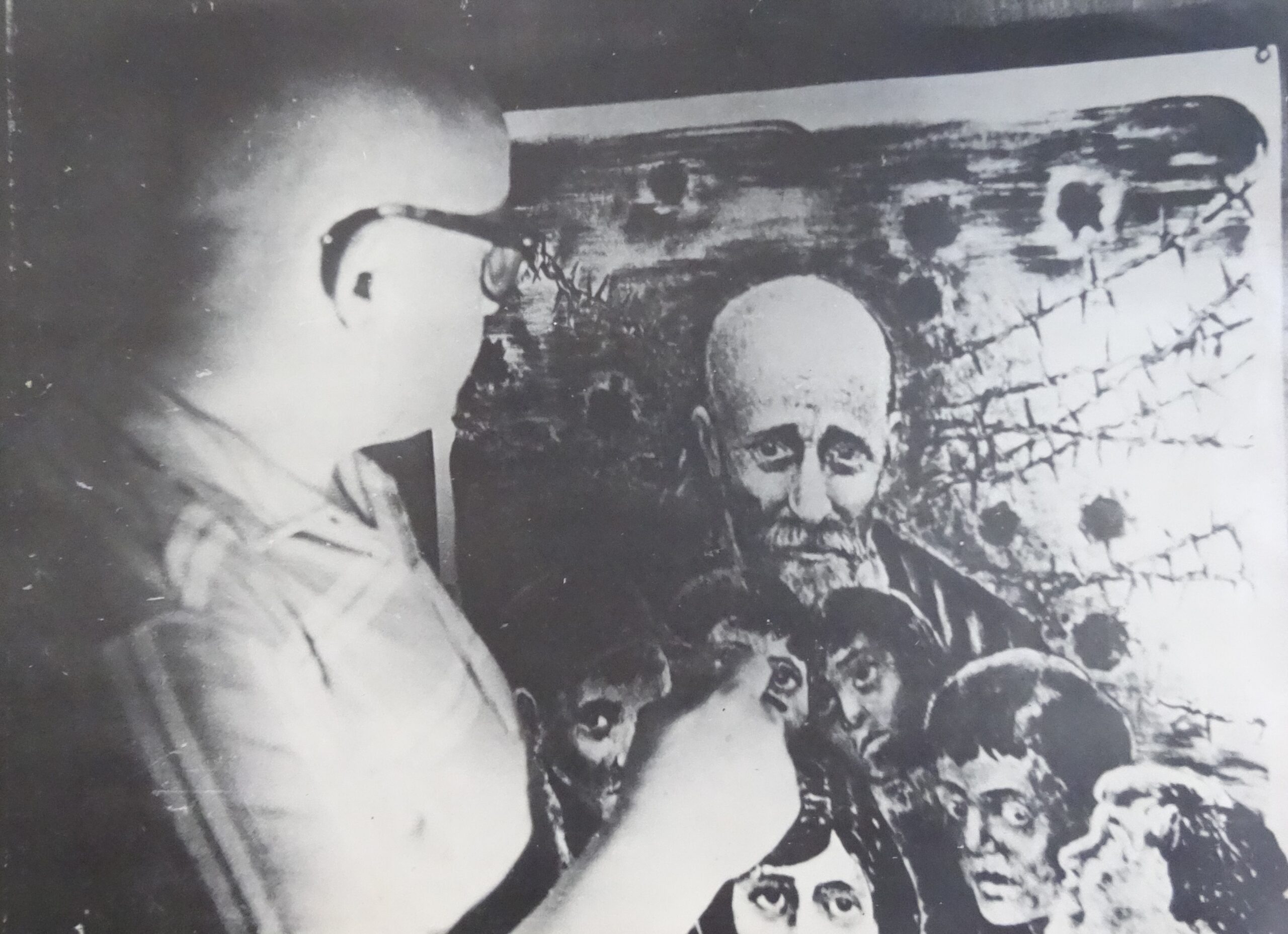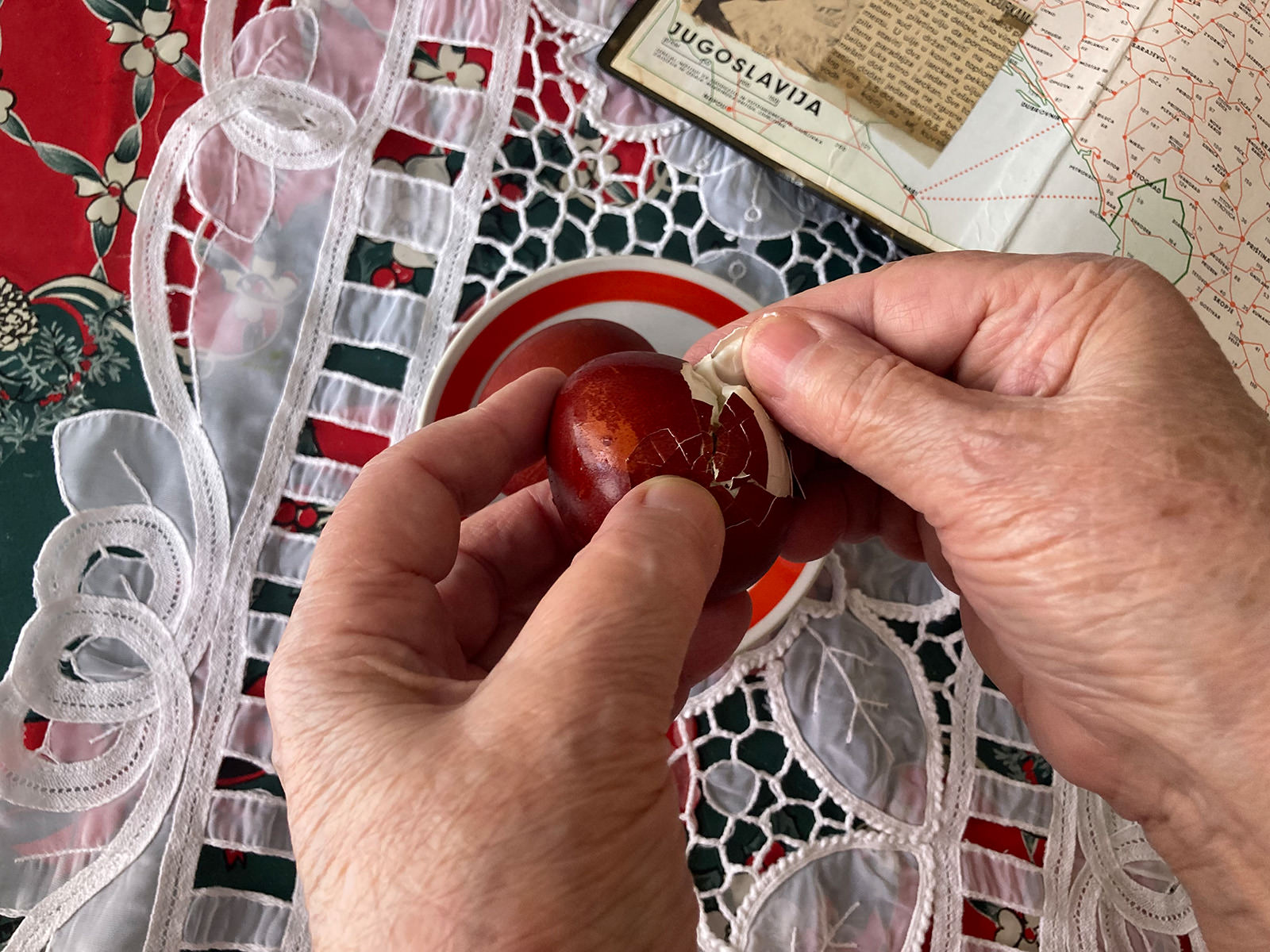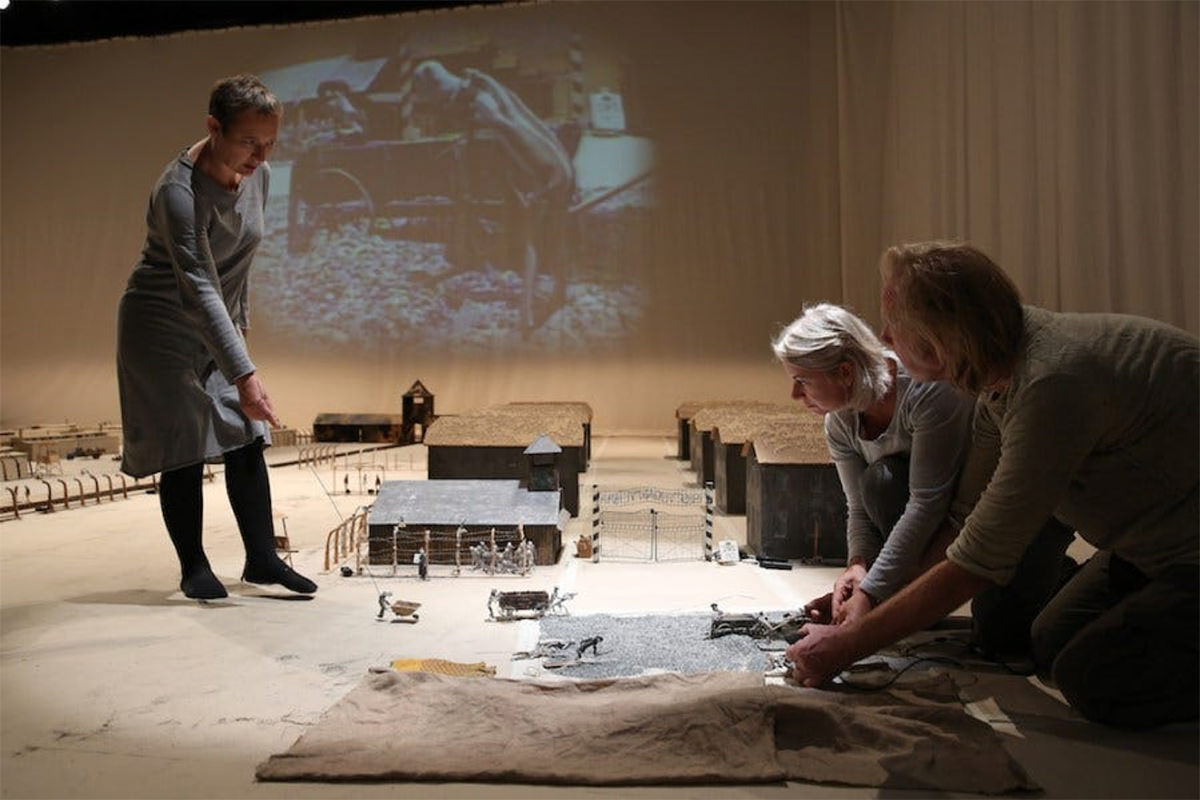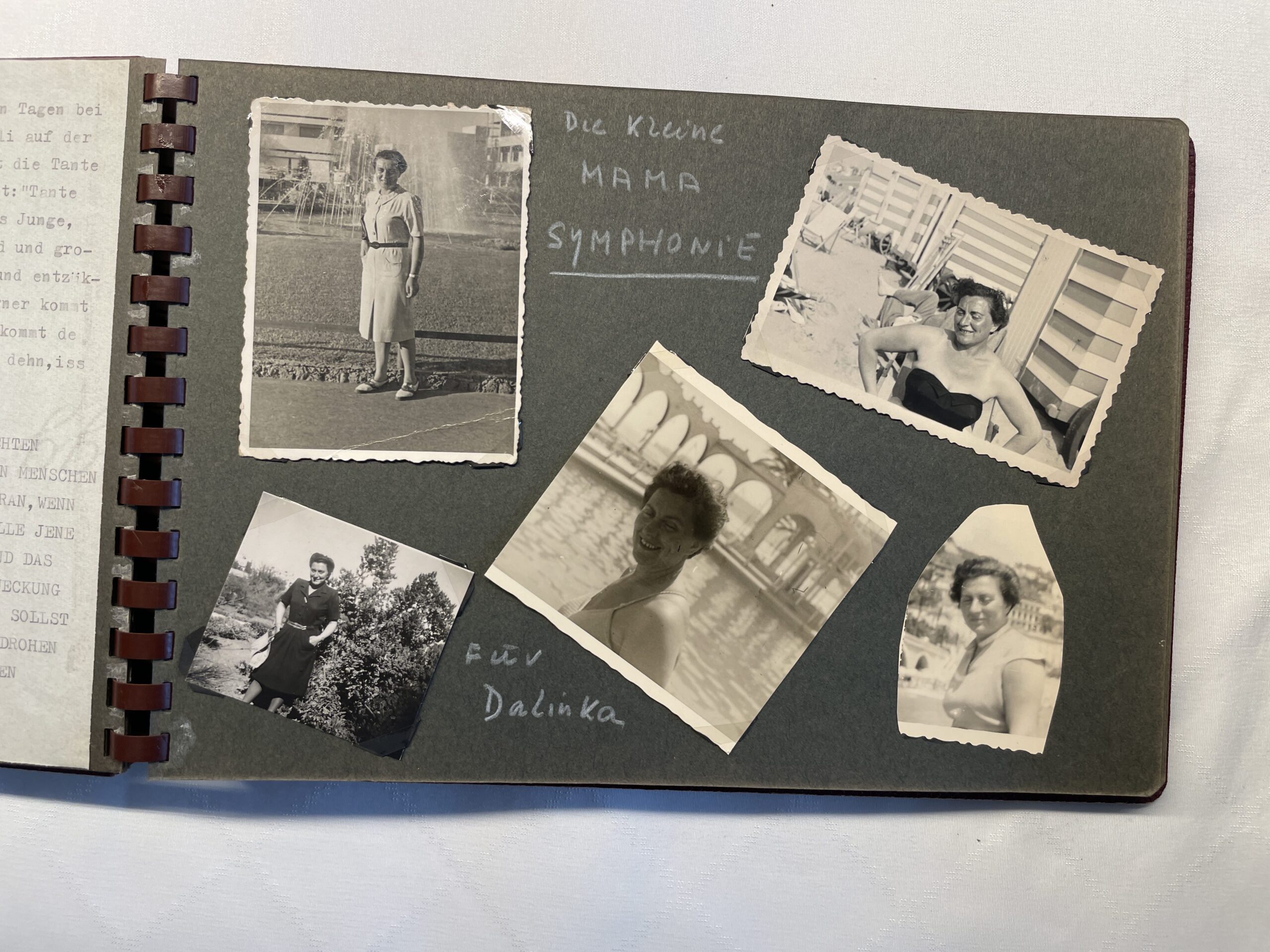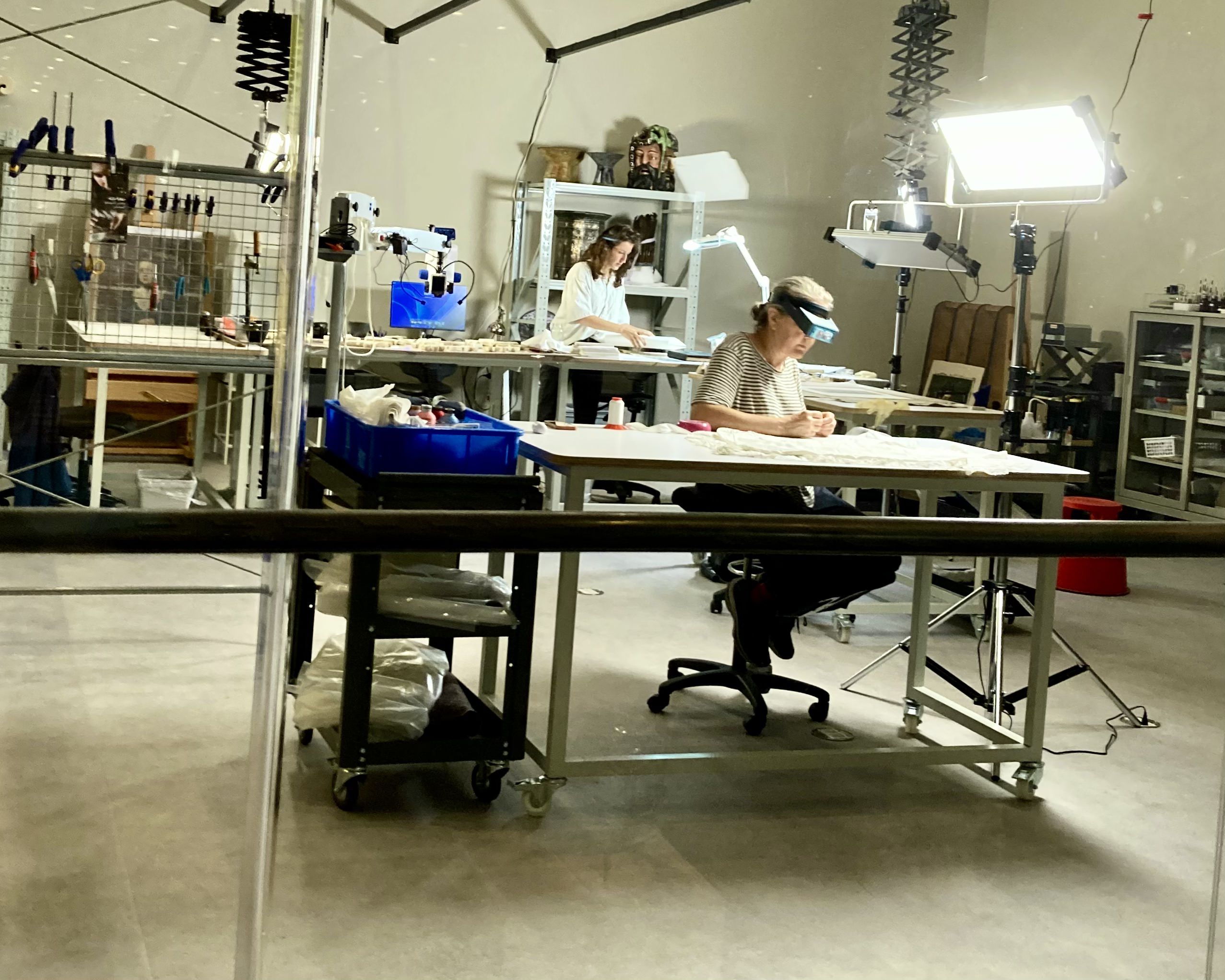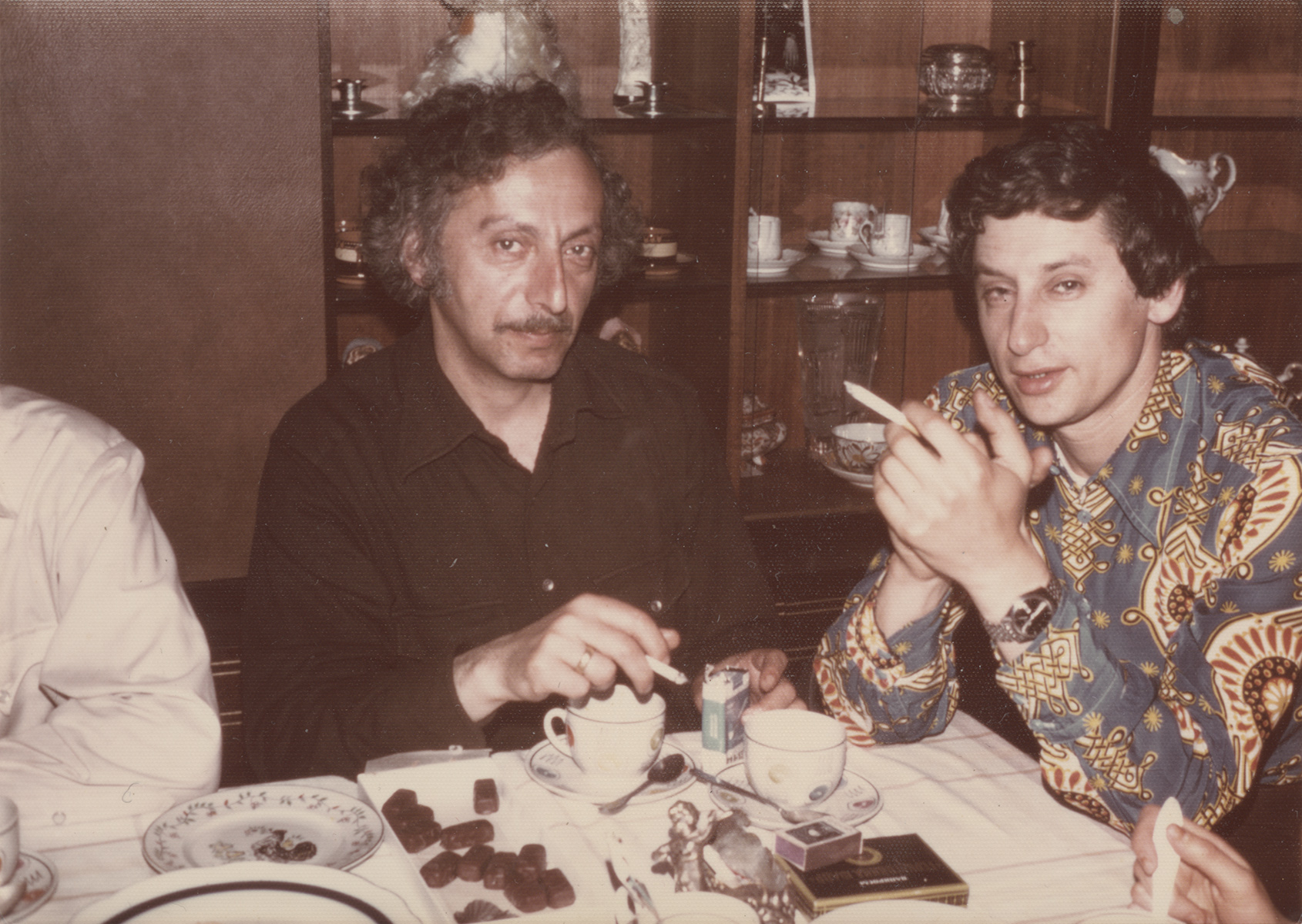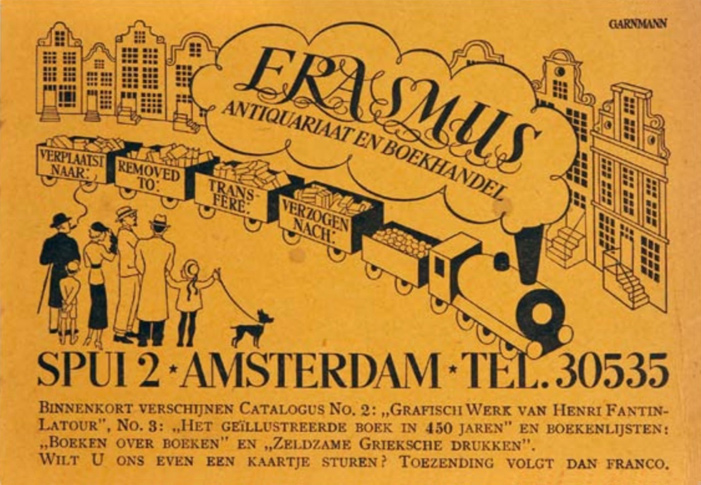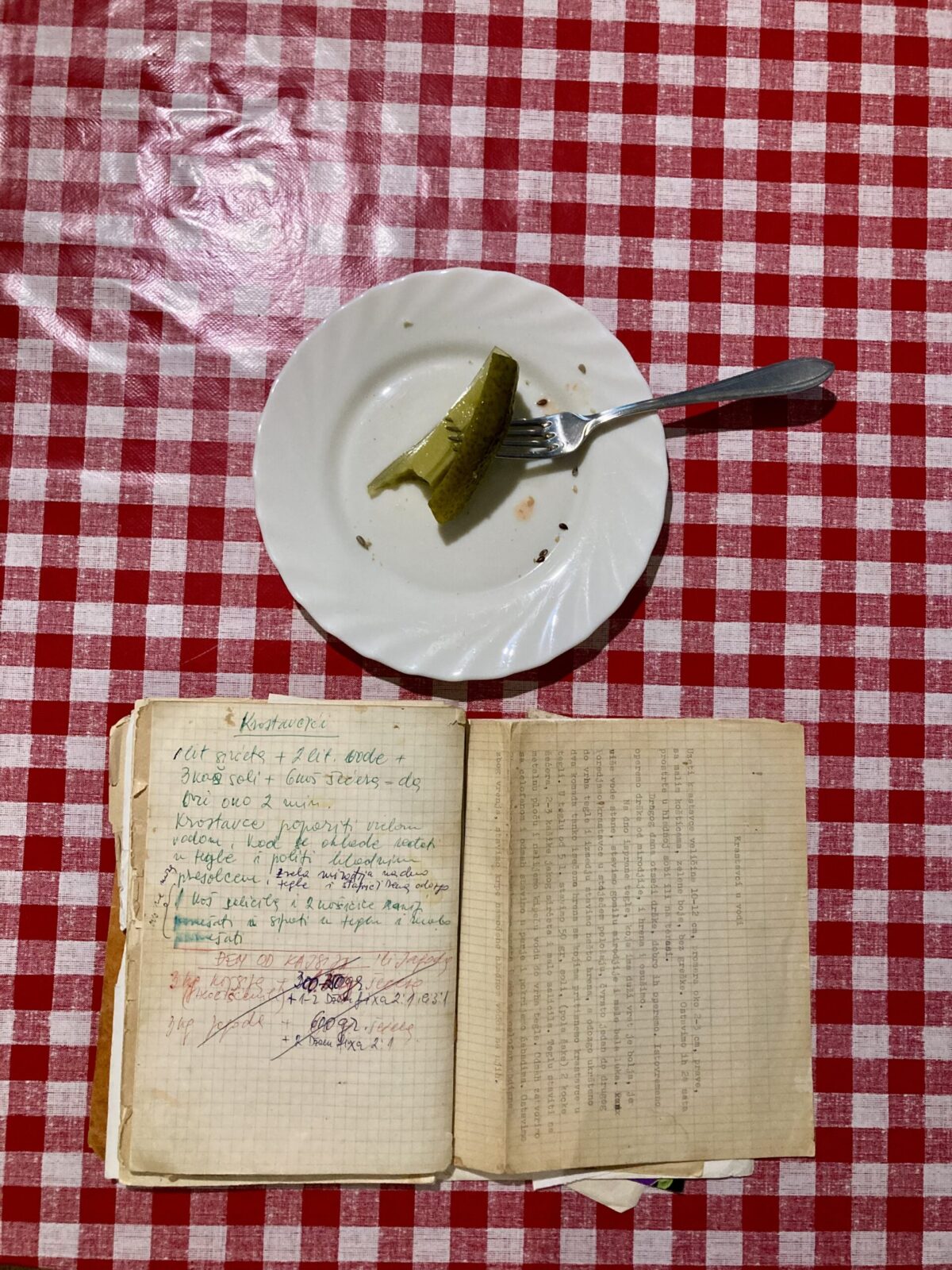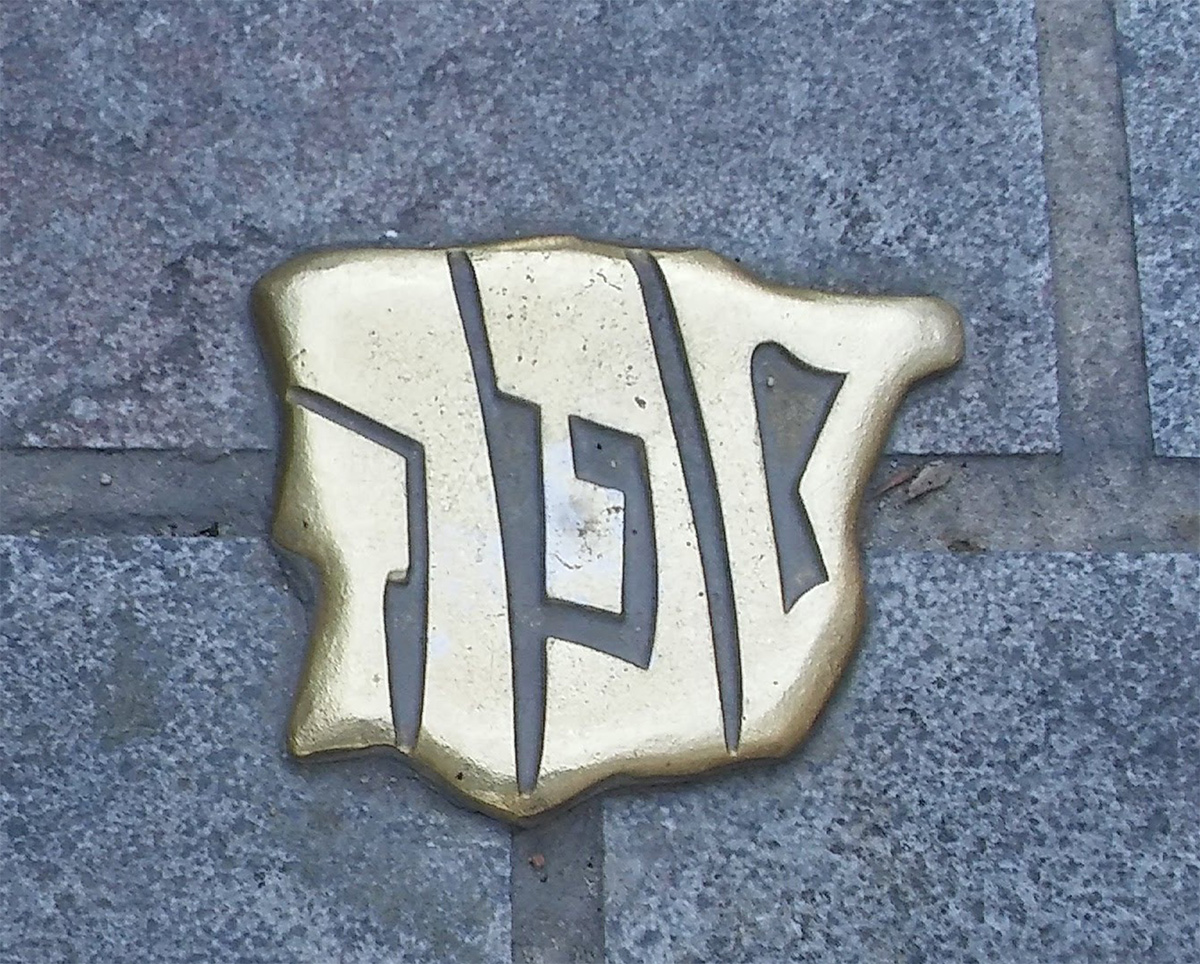
Materializing Memory and Sanctifying Place – Jewish Sephardic Heritage in Contemporary Spain

Threads of Identity – The Evolution of Israeli Fashion and the Attempt to Create a National Dress
The Written Silent, the Visible Absence, and the Text in the Written after 1945 – Materiality of Catastrophe, Exile and Belonging in Barbara Honigmann’s Writings
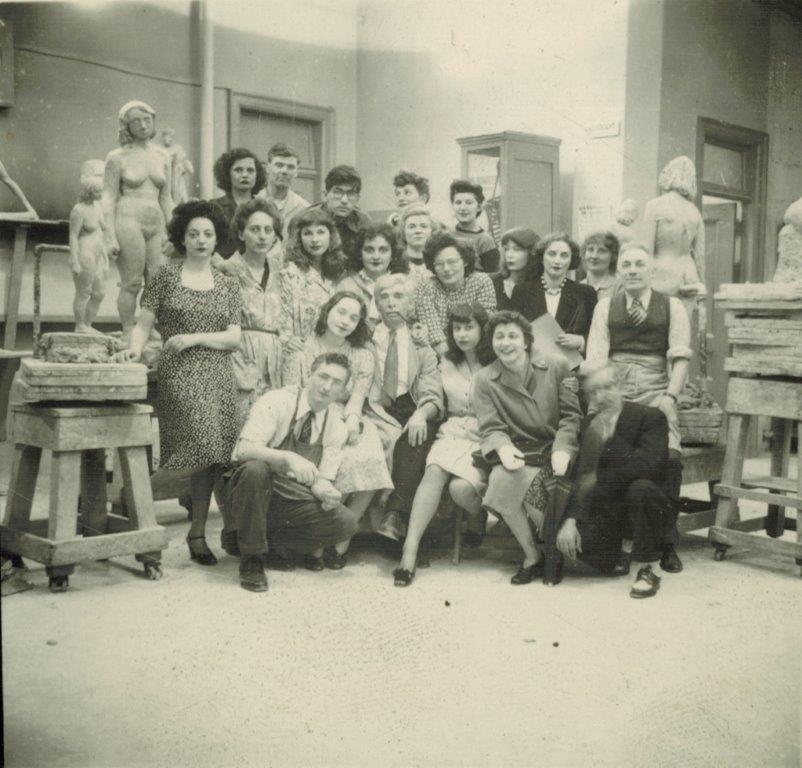
Processing Loss and Fostering Resilience – Jewish and Female Sculptural Strategies of Coping with the 20th Century
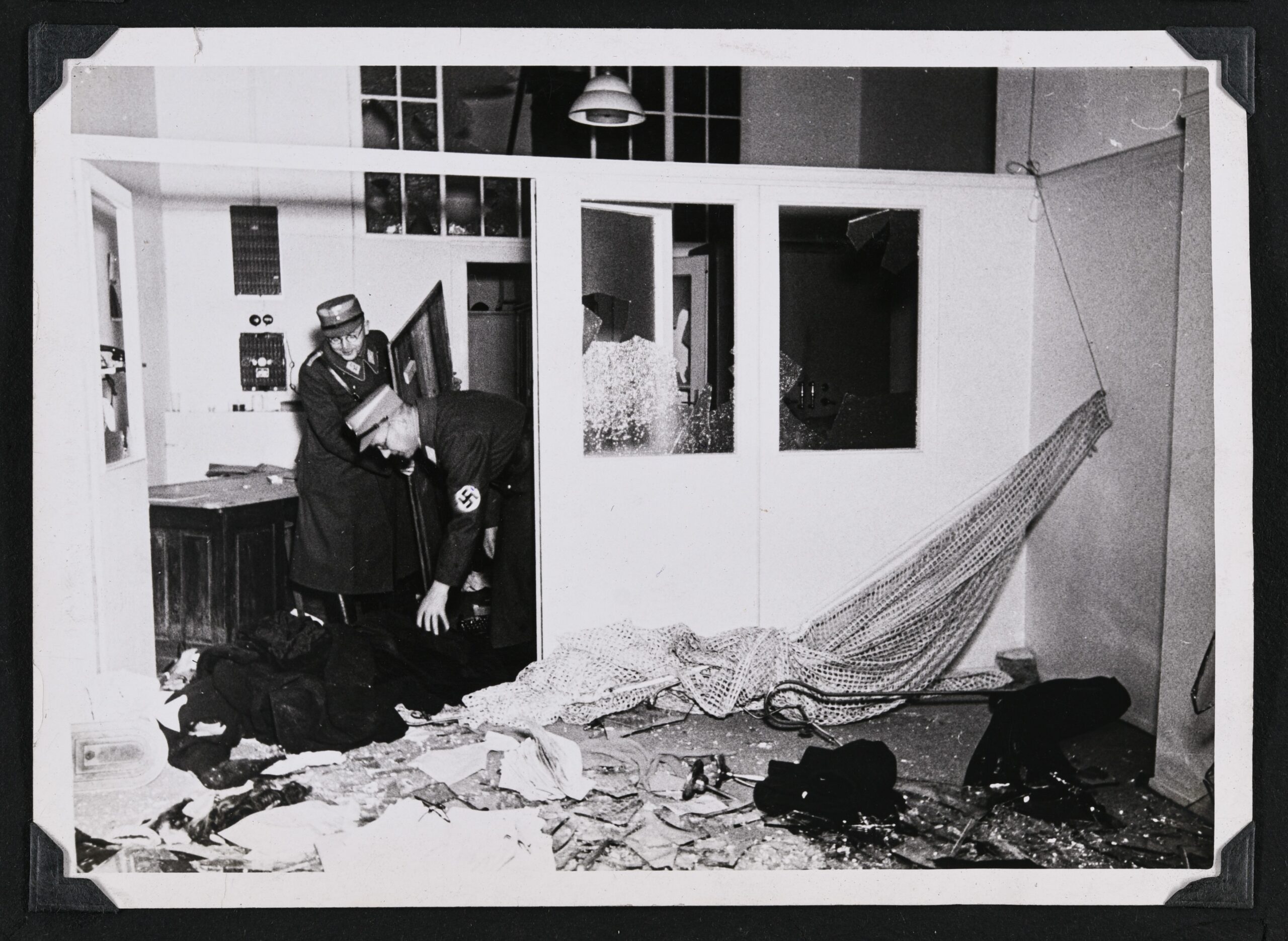
“Home was not Home anymore.” The Destruction of Private Jewish Living Spaces in the November Pogroms of 1938

Corresponding with history – Jewish Postage Stamp Collectors and Jewish Emancipation

Nation-Building and Cultural Heritage – The Making of the Jewish National Library in Jerusalem, 1892–1948
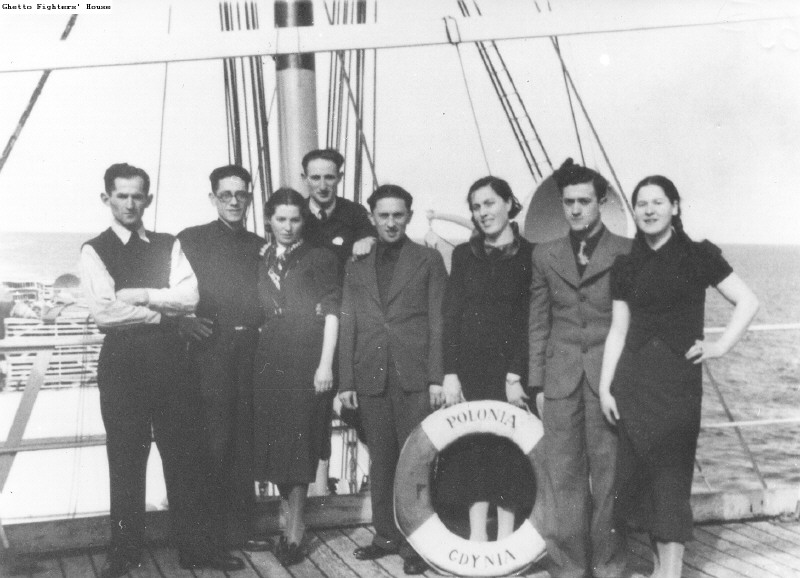
DVARIM POLANIM – Material Culture and the Changing Identity of Polish Jews in Israel across the 20th Century

Between Ruins and Revival – Jewish Identity and Material Heritage in Post-Communist Poland
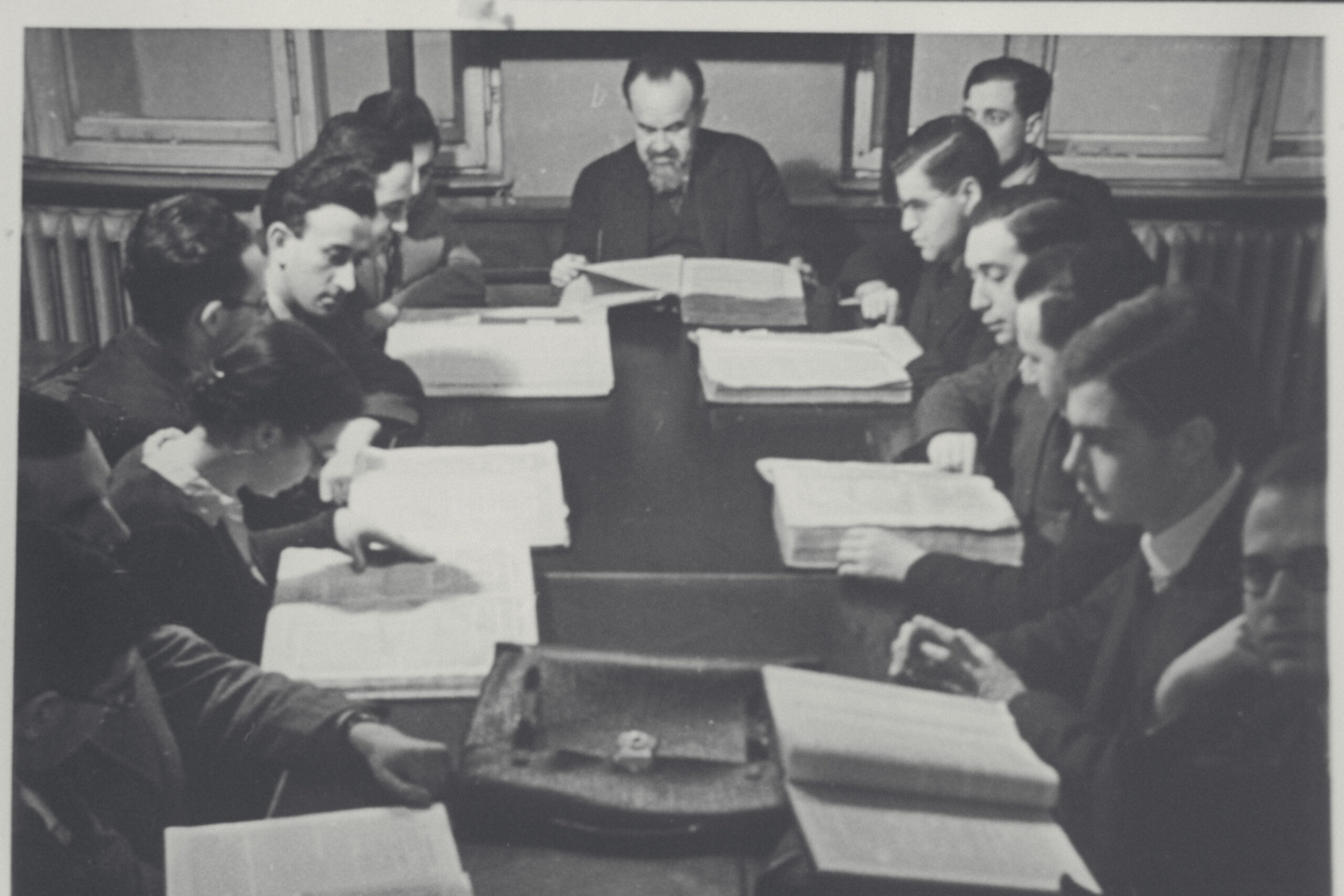
Places of Jewish Knowledge – The Wissenschaft des Judentums and its Material Sites in Berlin’s Urban Landscape, 1871–1961

Traces of belonging(s) – on the materiality of the imprisonment experience of Jewish women in the Ravensbrück women’s concentration camp
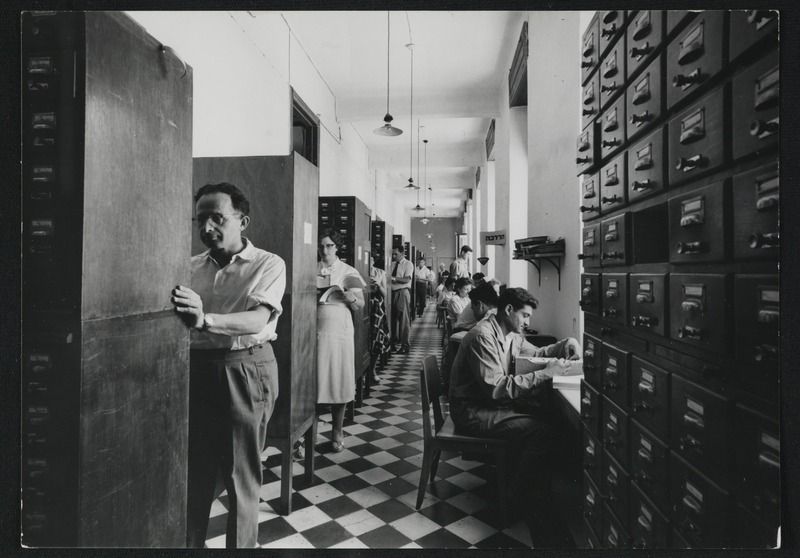
Aufbau im Übergang – Curt Wormann and the Jewish National and University Library between Nation-building and Cultural Diplomacy
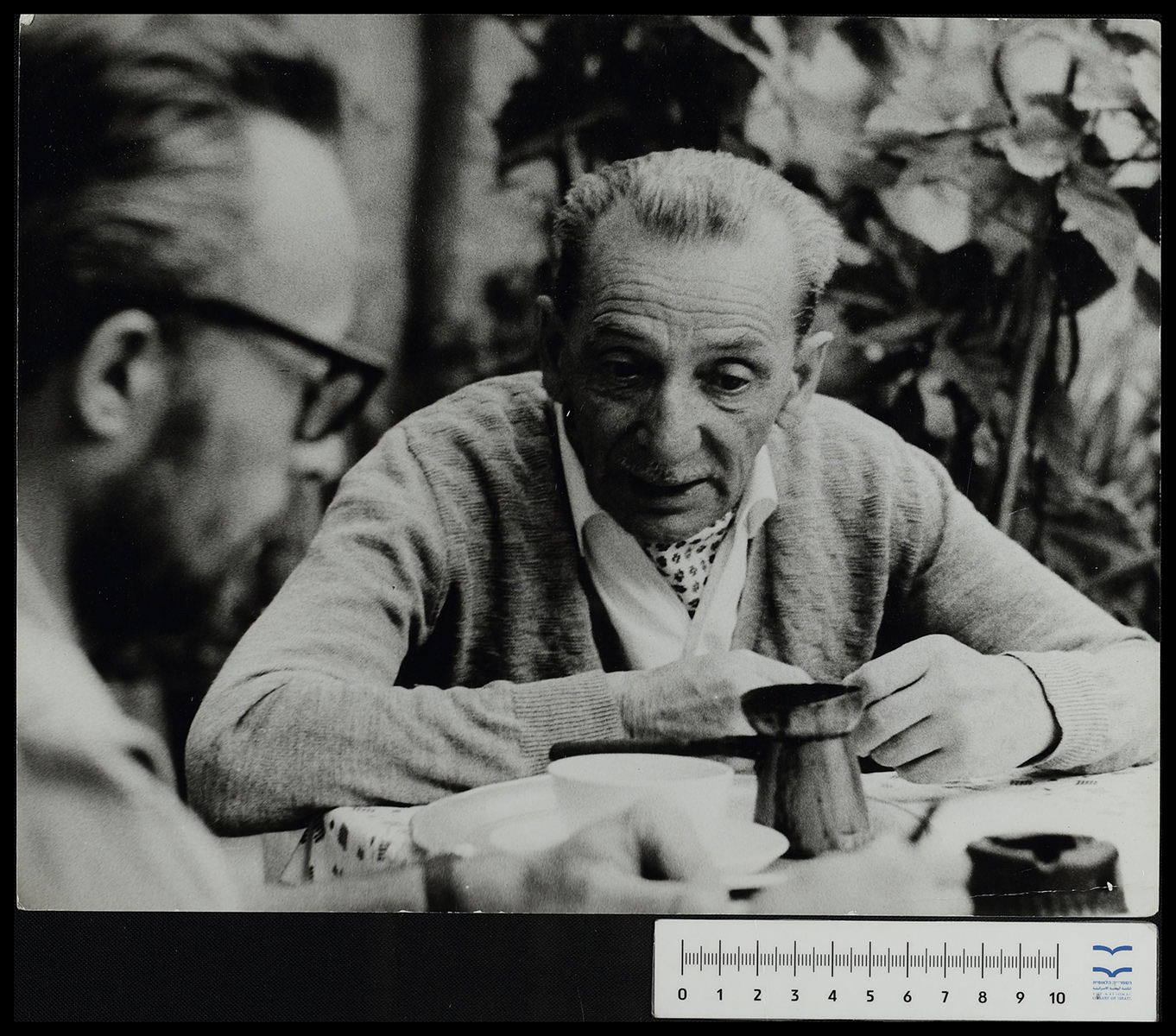
To Change, Question, and Criticize – Concepts of a ‘Werk’ and Concepts of Objects in Illustrated Magazines in Berlin and Vienna during the 1920s.
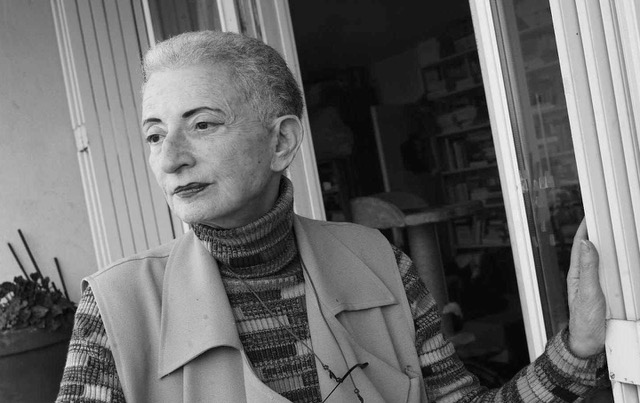
“Mes poumons comme les rouleaux de la Thora” – Towards a Poetics of the Trace: Jewishness, Exile, and Writing in the Work of Hélène Cixous

Simmering Belongings – Jewish Foodways in Socialist Yugoslavia
When Sephardic Jews in socialist Yugoslavia (1945-1992) shared their traditional Guevus inhaminadus with Christian and Muslim neighbors during religious holidays, these simple eggs embodied complex negotiations of belonging that characterized Jewish life under socialism: celebrated for bringing together family and neighbors across cultural lines, while also representing pragmatic adaptations to scarcity, making do with ingredients that were available. Drawing on oral history interviews, family recipes, community cookbooks, and literary sources, this study traces how food practices among Yugoslav Jewish communities functioned as mechanisms of memory-making and belonging negotiation from the pre-World War II era through Yugoslavia’s collapse.
Positioned at the intersection of Jewish Studies, Food Studies, and Post-Socialist Studies, this research addresses a significant gap in understanding everyday experiences of Yugoslav Jewry within the cultural, social, and political milieu of state socialism and postwar multiculturalism. Through the analytical lens of foodways, defined as beliefs and behaviors surrounding food production, distribution, and consumption, this study reveals how Yugoslav Jews positioned themselves in relation to their non-Jewish environment by maintaining, adapting, re-creating, or refusing certain food traditions. The research demonstrates that Jewish foodways operated as simmering belongings—fluid, dynamic processes through which communities established connections to multiple, sometimes competing affiliations: Jewish heritage, local communities, and the socialist Yugoslav state. From shared holiday foods to exchanges between Ashkenazi and Sephardic culinary traditions, food practices embodied the multilayered belonging negotiations characterizing Jewish life under Tito’s socialism.
Methodologically, the study employs oral history interviews with witnesses from Jewish communities across former Yugoslav republics, complemented by archival sources and literary works by Yugoslav Jewish authors. Through concepts from Material Culture Studies and Memory Studies, the analysis treats foodways as mobile entities that traverse boundaries—ingredients making their way to new markets, dishes traveling between kitchens, rewritten recipes adjusting to scarcity, dietary regulations navigating group borders, and cookbooks bridging different gastronomic traditions.
This research contributes to understanding how minority communities sustain cultural continuity while adapting to profound historical change, revealing foodways as sites where communities processed trauma, confronted antisemitism, and exercised agency in shaping their place within a multiethnic society. Beyond Yugoslav Jewry, the study enhances understanding of Jewish experiences in post-Holocaust Southeast Europe and offers unique insights into the Yugoslav society itself.
